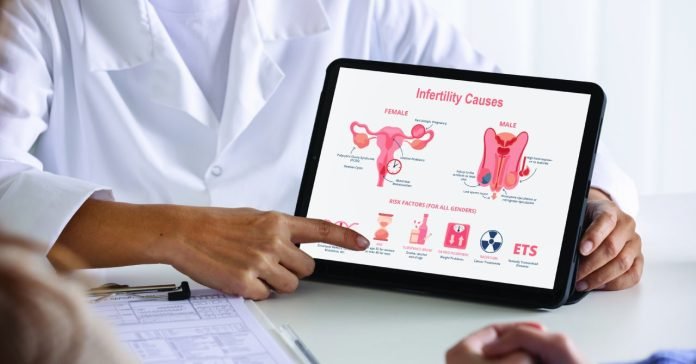About Infertility
Infertility is a serious issue that today’s world is facing. However, there are many treatments available today in Reproductive Medicine to deal with infertility problems efficiently. Besides, several research studies are being carried out in the field of science to put an end to infertility. Around 85% of the couples who plan to have children are conceived within a year. Furthermore, another 7% of the remaining get pregnant during the next year.
Infertility is the inability to conceive in spite of years of timely and frequent attempts. Moreover, many reasons lead to infertility and most of them are extremely complex. Male and female factors have a part to play in this condition. Lastly, to address this condition, many innovations have been made in infertility treatments.
Recent Advancements
ARTs, or Assisted Reproductive Technology have contributed a lot to the advancements in Reproductive Medicine for dealing with infertility. Moreover, this process handles sperm and eggs in the laboratory to fertilize them. Furthermore, during this time a team of skilled embryologists assist an infertile couple to achieve fertilization and pregnancy using modern fertility procedures.
Some of the Advanced Infertility Treatments
Production of Sperm
Chinese scientists recently uncovered the possibility of producing sperm in Petri plates in the laboratory. In addition, sperm is produced without tails and injected into the body.
Womb Transplantation
Surgeons from Sweden carried out the very first uterine transplant operation. Furthermore, this procedure is an option in case a woman is incapable of getting pregnant or carrying a pregnancy. Such women do not have a womb that is able to support a pregnancy. Besides, one in every 500 women has this condition. Moreover, around 70 womb transplants have been carried out so far around the world. At least 23 babies were born which demonstrates the success of the operation.
Freezing of Eggs and Sperm
The practice of freezing eggs and sperm was introduced in 2014. Moreover, the eggs and sperm of growing men and women can be frozen for future use. Besides, freezing sperm and eggs reduce the chances of infertility.
Three Parent Embryos
This method fertilizes two women’s eggs with one sperm. Furthermore, women’s eggs are taken and fertilized with man’s sperm in this process.
The first baby of this kind was born in April 2016 in Mexico. Furthermore, it was a big advancement for Reproductive Medicine. In addition, he became the first “three-parent” baby. Large part of his DNA came from his mother and father. Lastly, a small amount came from a woman who is unrelated.
IUI
IUI is the most commonly used infertility treatment. Patients suffering from infertility are treated with intrauterine insemination. Furthermore, this places the sperm inside the uterus and thus enables fertilization. Lastly, the sperm is deposited in the uterus to boost the chances of fertilization.
IVF
IVF is used by couples who are not able to conceive. Moreover, IVF produces multiple mature eggs by stimulating the ovary with medications. Fertilization is facilitated by placing sperm samples and eggs in a dish together after a minor surgery. Lastly, the developed embryo is implanted into the uterus or saved for future as a frozen embryo.
Techniques Involved in IVF
· Assisted hatching: The embryo’s outer layer is weakened prior to implantation in this procedure. Furthermore, this enables the sperm to connect to the uterine wall easily and cause pregnancy.
· Vitrification: Eggs, sperm, and embryos can be frozen in vitrification for later use.
· Reproductive genetics: An embryo does not implant or miscarry during the first trimester if its chromosomes are incorrect. Furthermore, genetic testing protocol highly enhances the chances of getting pregnant.
If you are considering fertility treatments, choose one that suits you best and begin your parenthood journey.
